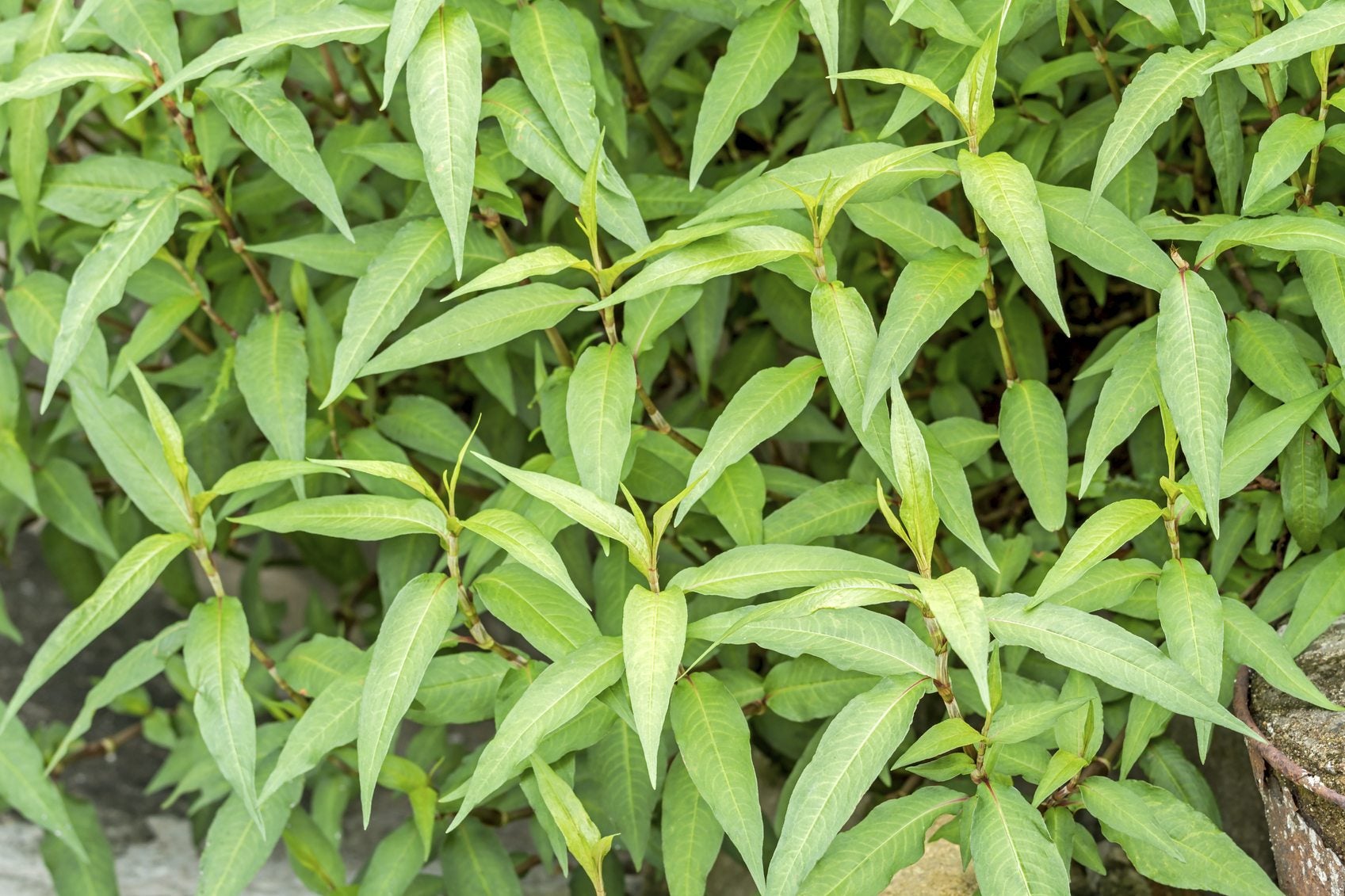Vietnamese Cilantro Plant Facts: What Are Uses For Vietnamese Cilantro Herbs


Vietnamese cilantro is a plant that’s native to southeast Asia, where its leaves are a very popular culinary ingredient. It has a taste similar to the cilantro normally grown in America, with the added bonus of being able to thrive in the summer heat. Keep reading to learn more about growing Vietnamese cilantro herbs.
Vietnamese Coriander vs. Cilantro
The Vietnamese cilantro plant (Persicaria odorata syn. Polygonum odoratum) is also frequently called Cambodian mint, Vietnamese coriander, and Rau Ram. It’s not the same thing as the cilantro usually eaten in western cuisine, but it is similar.
In southeast Asian cooking, it’s actually more often used in the place of peppermint. It has a very strong, smoky flavor and, because of its strength, should be used in quantities about half that of cilantro.
The biggest benefit to growing Vietnamese cilantro over “regular” cilantro is its ability to take the summer heat. If your summers are at all hot, you’re likely to have trouble growing cilantro and keeping it from bolting. Vietnamese cilantro, on the other hand, loves hot weather and will grow straight through the summer.
Growing Vietnamese Cilantro in Gardens
The Vietnamese cilantro plant is so used to hot weather, in fact, that you might have trouble keeping it going outside of a tropical environment. It’s necessary to keep its soil moist at all times-- allow it to dry out and it will wilt almost immediately.
It’s a low, creeping plant that will spread into groundcover if given enough time. It can’t handle temperatures below freezing, but if grown in a pot and brought inside under bright light for the winter, it can last for many seasons.
It grows best in filtered sunlight, but it can also handle bright sun in the morning and shade in the afternoon. It prefers a sheltered spot protected from the elements and lots of water.
Gardening tips, videos, info and more delivered right to your inbox!
Sign up for the Gardening Know How newsletter today and receive a free copy of our e-book "How to Grow Delicious Tomatoes".

The only child of a horticulturist and an English teacher, Liz Baessler was destined to become a gardening editor. She has been with Gardening Know how since 2015, and a Senior Editor since 2020. She holds a BA in English from Brandeis University and an MA in English from the University of Geneva, Switzerland. After years of gardening in containers and community garden plots, she finally has a backyard of her own, which she is systematically filling with vegetables and flowers.
-
 Looking For Plants To Give You The Soft And Fuzzies? Try These 5 Fuzzy Leaf Plant Options
Looking For Plants To Give You The Soft And Fuzzies? Try These 5 Fuzzy Leaf Plant OptionsLovers of texture, drama, silver foliage and tactile plants will adore these special sensory garden additions. These fuzzy leaf plant options will leave you all aglow
By Susan Albert
-
 Get Ready For A Summer Of Hummers! Grow These Full Sun Hummingbird Plants and Flowers
Get Ready For A Summer Of Hummers! Grow These Full Sun Hummingbird Plants and FlowersIf you’re lucky enough to enjoy a sunny backyard, make sure you are maxing out on your pollinator opportunities and grow these full sun hummingbird plants and flowers
By Tonya Barnett